Originally tripods came with a single head. They usually had two arms, one for panning movements, and one for tilt movements, and the mounting plate would also flip to vertical. We now use a ball head for stills, and a video head for video.
Why a separate head? Why not one head to serve all needs? Let’s talk about that in this article. There are many providers of high quality video tripod heads including Miller, Sachtler and Manfrotto. I will use Manfrotto products in this article for illustration purposes.
Why A Video Head?
Video is the fastest growing space in the creative arts, and demand for video is outstripping the demand for stills, particularly in the wedding, promotional and social media spaces. Serious video is more than likely not being done with the camera sitting on a table, and for smooth movements, a regular tripod head won’t cut it. You need a head designed for smooth movement as well as one able to hold position without having to fight with locking mechanisms.
Figure 1: Manfrotto MVH502AH Head
Why? Every time we touch the tripod we are going to introduce some level of very visible camera movement and that movement looks unprofessional.
The Tripod Leg Set
This article is not focused on tripod legs, but I want to make sure that we all understand that we are looking for solid legs, with high weight capacity and that do not flex. We may want the legs on a dolly, so we can easily change camera position, and that’s why many professional leg set makers offer dolly systems. We typically are not moving the camera during a shot, unless the surface is perfectly level and completely smooth, but the ability to reposition is important.
Figure 2: Manfrotto 535 Leg Set with Bowl
Characteristics of a Proper Video Head
Good video needs a good video head. When you spend thousands of dollars on a camera and a lens or two, there is no point mounting that to a cheap head that’s going to wobble or move when you do not want it to do so.
Figure 3: Manfrotto 504HD Fluid Damped Head in Bowl Mount
A proper video head is fluid damped. This means that a liquid, typically some type of oil in a sealed fitting is used to smooth out the movement of the head. The reason that we want smoothness is that we might want to include a pan or a tilt in our shot and we do not want it to look jerky, which screams Amateur Night.
A damped head of the better variety will also include drag controls, that basically relax the damping effect. This can be used to control the speed of a move but are more important to help hold the camera in place without having it completely locked down. For example, we might want to set a medium friction level on the pan, so the camera doesn’t move by accident, but a direct action will produce a smooth movement. We might want a high friction level on the tilt mechanism, so a heavier camera and lens combination doesn’t move due to gravity, but still be loose enough to permit a deliberate tilt.
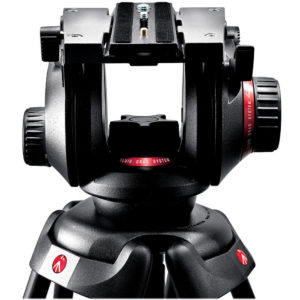
Figure 4: Manfrotto 504HD showing drag controls on side and panning base
A proper video head will typically have a long base, back to front. This allows you to position the camera and lens combination to be balanced on the head. A regular head will use a small mount, or small mounting plate. You want a long plate on a long base so you can get things balanced properly with ease and consistency.
By having a track for the tripod screw, you have great control over where the camera/lens sits on the plate, and the long base gives you even more leverage over where the package sits on the head itself. I’m sad to say that head documentation leaves this out all too often and I see too many video tripods set up incorrectly.
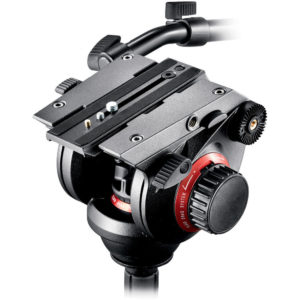
Figure 5: Manfrotto 504HD top view showing large stable base with long attachment plate. Note support for 1/4″-20 and 3/8″-16 threads as well as an indexing pin.
The head should have a levelling system independent of any leg levelling indicator. You want to level the leg set separately from the head. Pro video heads mount not on a post but in a bowl. The larger the diameter of the bowl, the more precise your positioning can be. The head gets levelled by a locking post protruding from the bottom of the bowl and checking a bubble level on the plate base. A video sequence that is out of level or plumb screams “error” at the viewer. The right head makes dealing with this easy. If the video head you choose has to fit a standard non-bowl leg set, ensure that you have either a shoe mount bubble level or that the camera you are using offers an electronic level option.
Remember those two arms from the old days? A modern video head has only one arm to handle both pan and tilt. This provides for smoother complex moves, but like any movement, takes practice. You want to look for a head with a long control arm. Most are collapsible like light stand legs. The longer the control arm, the more fine grained your movements can be. That’s a huge win. Short arms make for jerky gross movements and you do not want that.
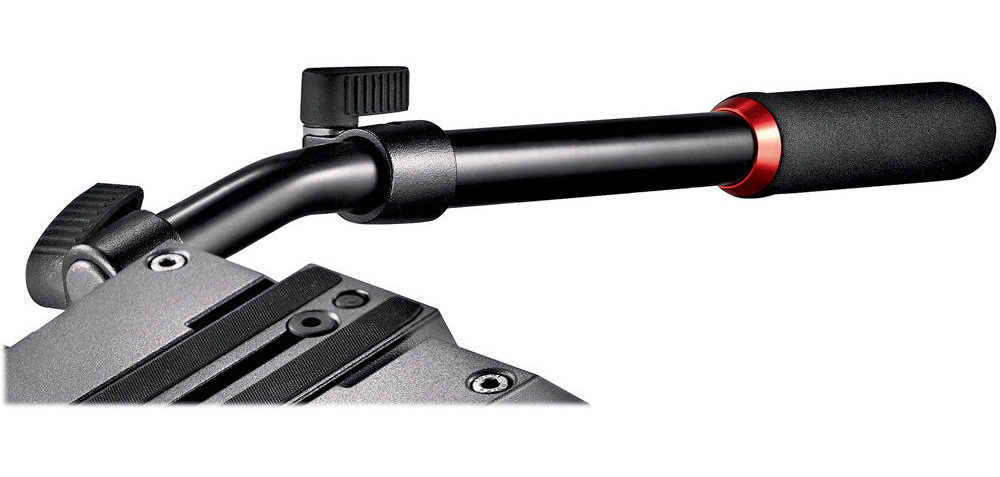
Figure 6: Note that the control arm is extensible for fine movement control.
Better heads allow the mounting of the control arm to either side of the head via a standard rosette mount. This feature is very handy if you are working in cramped quarters or if your fine motor skills are more dominant in one hand.
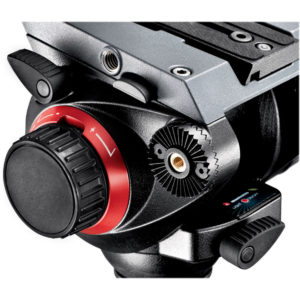
Figure 7: The rosette allows mounting the control arm on either side of the head.
Final Thoughts
Video demand is exploding. Your video product is differentiated not by quantity but by quality. Using the right tools helps you focus on your content and not on correcting stuff that went wrong.
Share your experiences as well as your comments or questions on this or any other subject below.
Until next time, peace.
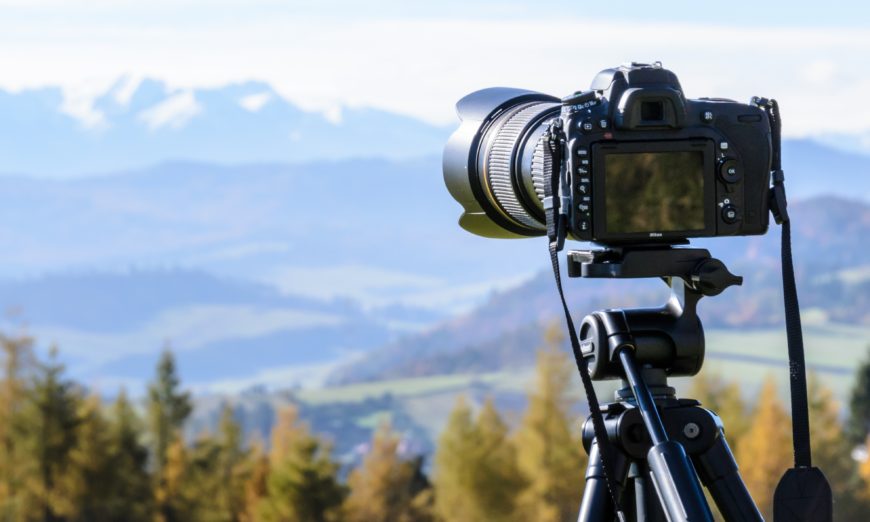
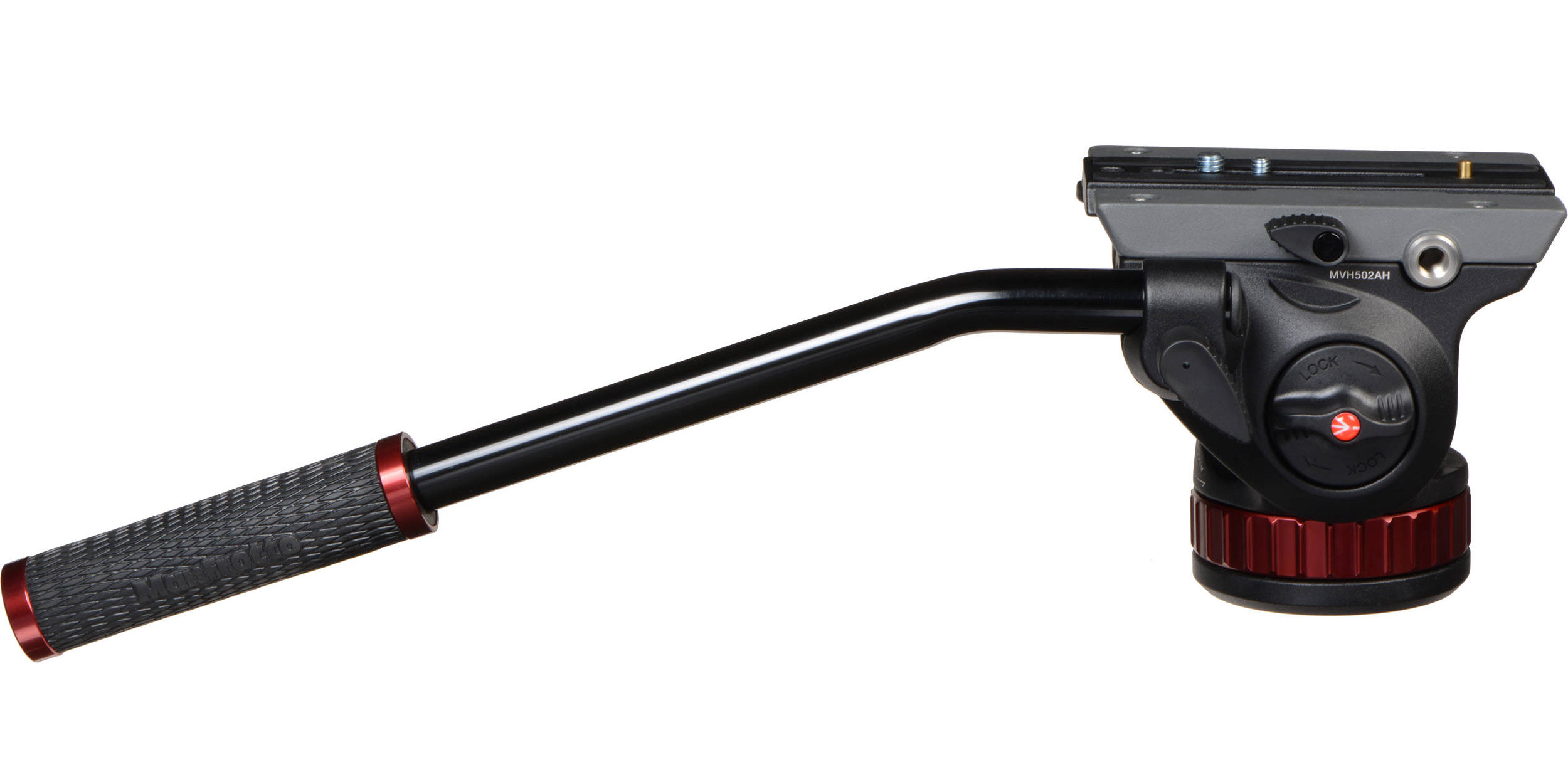
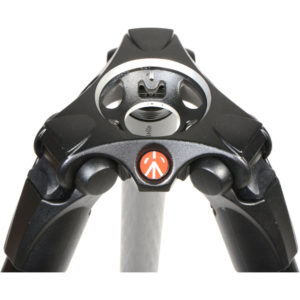
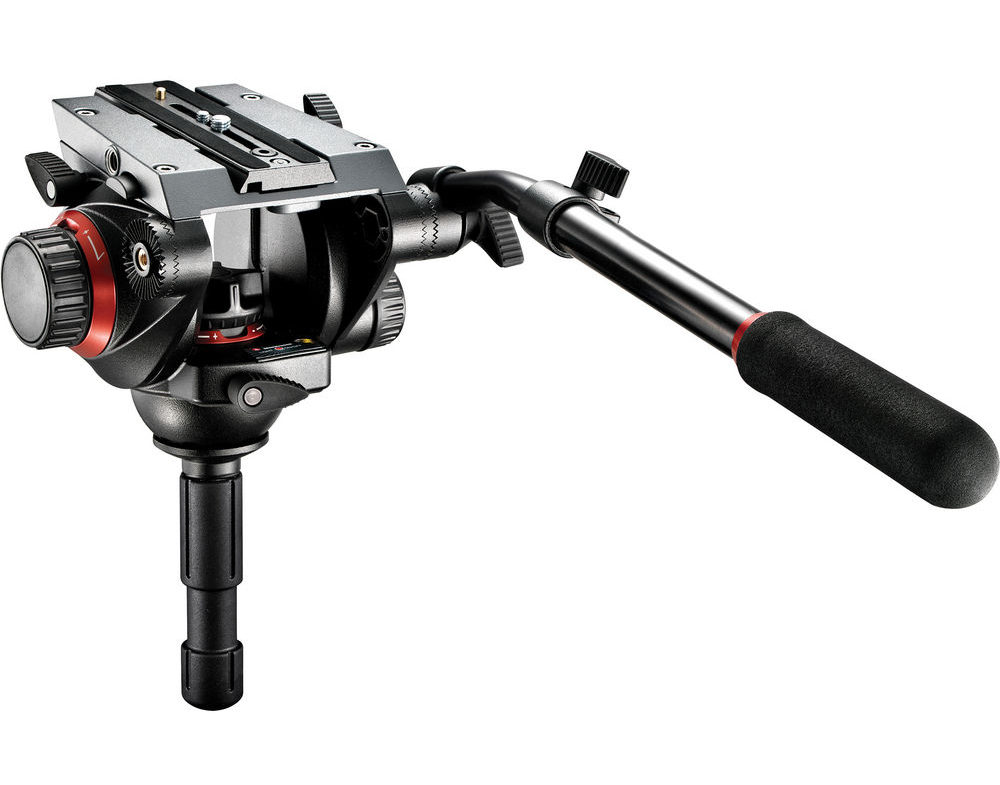
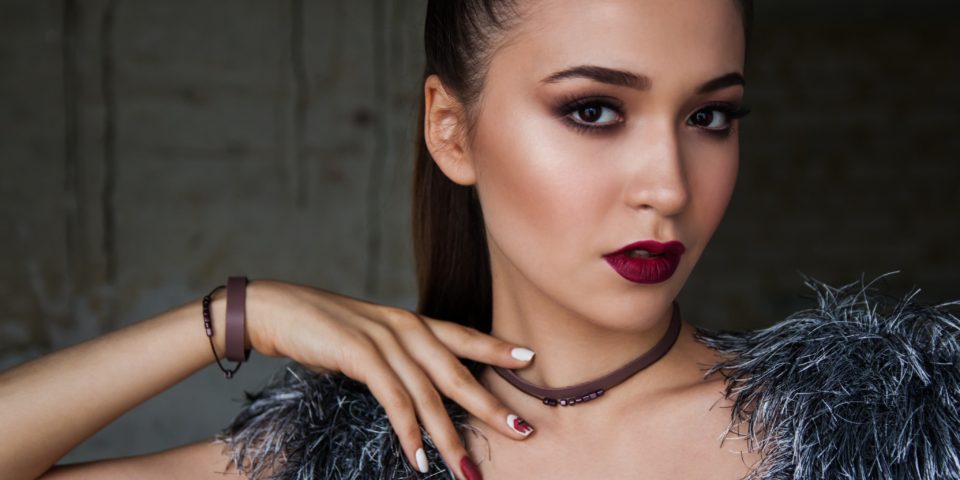

COMMENT (1)
Pingback: Choosing the Right Tripod for Video | Photography and video news, reviews and tips | Henry's Camera